We are currently living in a golden era of digital communications. With a couple clicks we can now connect to almost any country in the world and we can expand our knowledge on nearly any subject. While this has created a positive change for the world it has also brought with it its own set of challenges and concerns. Primarily, the proliferation of inaccurate information, whether misinformation or disinformation, has grown exponentially as the world becomes increasingly digitally interconnected.
For context UNESCO defines disinformation as false information created and disseminated to intentionally cause harm. Misinformation is false information disseminated with no harmful intent. Understanding where our news comes from and who is giving it to us can enable us to make better informed decisions for ourselves and our communities. Addressing disinformation begins with creating a basic framework that we can easily follow. The guide below can be used as a starting point for verifying news that we encounter online.
- Step 1: Where did you find this information?
- This can make a very big difference when verifying a news source. While many people find news on social media it’s important to follow the information to its domain.
- Step 2: When was this published?
- Older information can be unreliable because it hasn’t been updated with the most recent studies/ reports. However, if you’re looking for information on a past topic it’s still important to verify.
- Step 3: Who wrote and/or published this information?
- Have you heard of this news source before? If not, follow the information to its domain. Once there, find out more about the source in the about us section.
- Here’s a short summary of what domain endings mean:
- .edu: This ending indicates a connection with an educational institution. Information here is usually trustworthy but keep in mind that some universities have specific religious affiliations that may be reflected in their online information and studies.
- .org: We’ve often been taught to trust .org sources, however, keep in mind that hate sites are eligible to have a .org ending if they wish, ie. stormfront.org. Further vetting is recommended for these sites.
- .com: The most common ending. It encompasses a high range of diverse sites. Vetting is recommended if the organization here is not well known.
- .gov: Affiliated with government run sites only. Information is trustworthy though opinions on this differ in relation to an individual’s political stance.
- .co: Highly unreliable unless you are in Columbia (it’s the country domain). This ending is often indicative of a fake version of a real news site, ie. nytimes.com.co
- Be aware that personal blog posts and op-eds are sometimes published by known institutions such as Buzzfeed, Mitu or even WSJ and NYT. Some pieces are just individual opinions and it’s good to be aware of that before that information is taken seriously. The author of a piece will likely have an online profile that you can look up.
- Step 4: What are the sources the author used to write the information?
- Is this author writing on behalf of personal experience? Did they interview someone? This can make a big difference.
- If this seems like big news, are known reputable news organizations reporting on it? Be open to multiple sources of information.
- If the information mentions a study- look up the study.
- Step 5: How is it written?
- Be mindful of the writing style. The use of ALL CAPS in headlines or in the article itself can indicate a clickbait article. It may be written to provoke an emotional response from the reader by conveying outrage through its punctuation (or lack of).
- Step 6: Finally, why is the information important to you? (Can also be why do you need to verify?)
- Reflect on yourself and the digital information environment that you’ve created around yourself. We often don’t question information that aligns with our personal beliefs because it validates what we feel.
- Dis and misinformation often hurts the most vulnerable through scams or fear mongering, being able to verify the veracity of information can help combat this.
There are websites that help fact check. These include: politifact.com, FactCheck.org, and flackcheck.org among others. While these websites are helpful they don’t empower us to take responsibility for the information that we seek out and choose to believe. Ultimately, it’s important to remember that skepticism isn’t bad. Wanting to be accurately informed about issues relevant to public health, human rights, politics, and other areas that have great impact in our day to day lives should be standard for everyone. Once you’ve verified your sources, you know that moving forward you can trust that source, much like getting to know a new friend and creating trust that can lead to a long-lasting friendship.
Sources and Further Reading for this Post:
Fake Or Real? How To Self-Check The News And Get The Facts– NPR
Fact Checkers – Real News/Fake News– UC Berkeley
What Address Endings Mean– CSULB
Journalism, ‘Fake News’ and Disinformation: A Handbook for Journalism Education and Training– UNESCO




